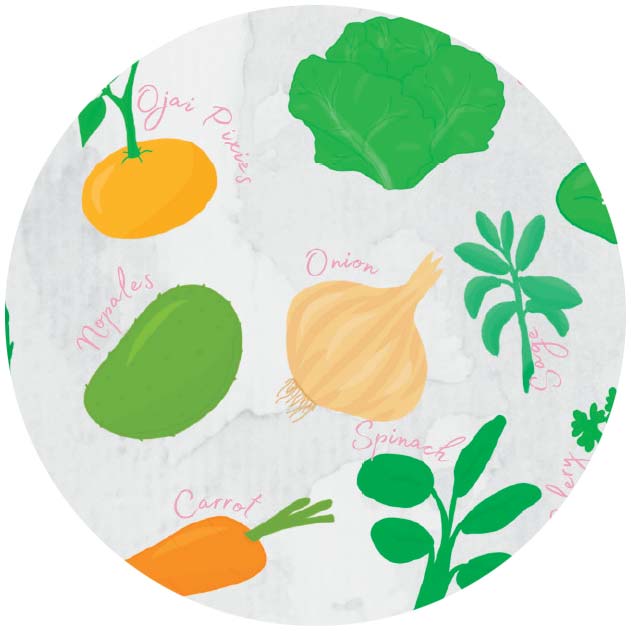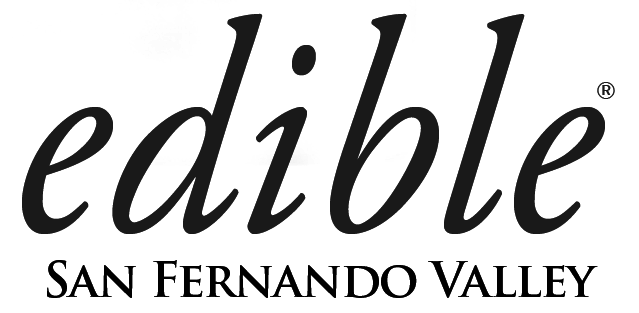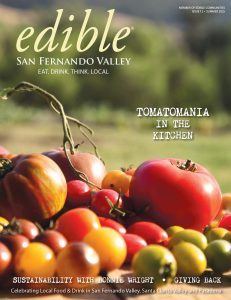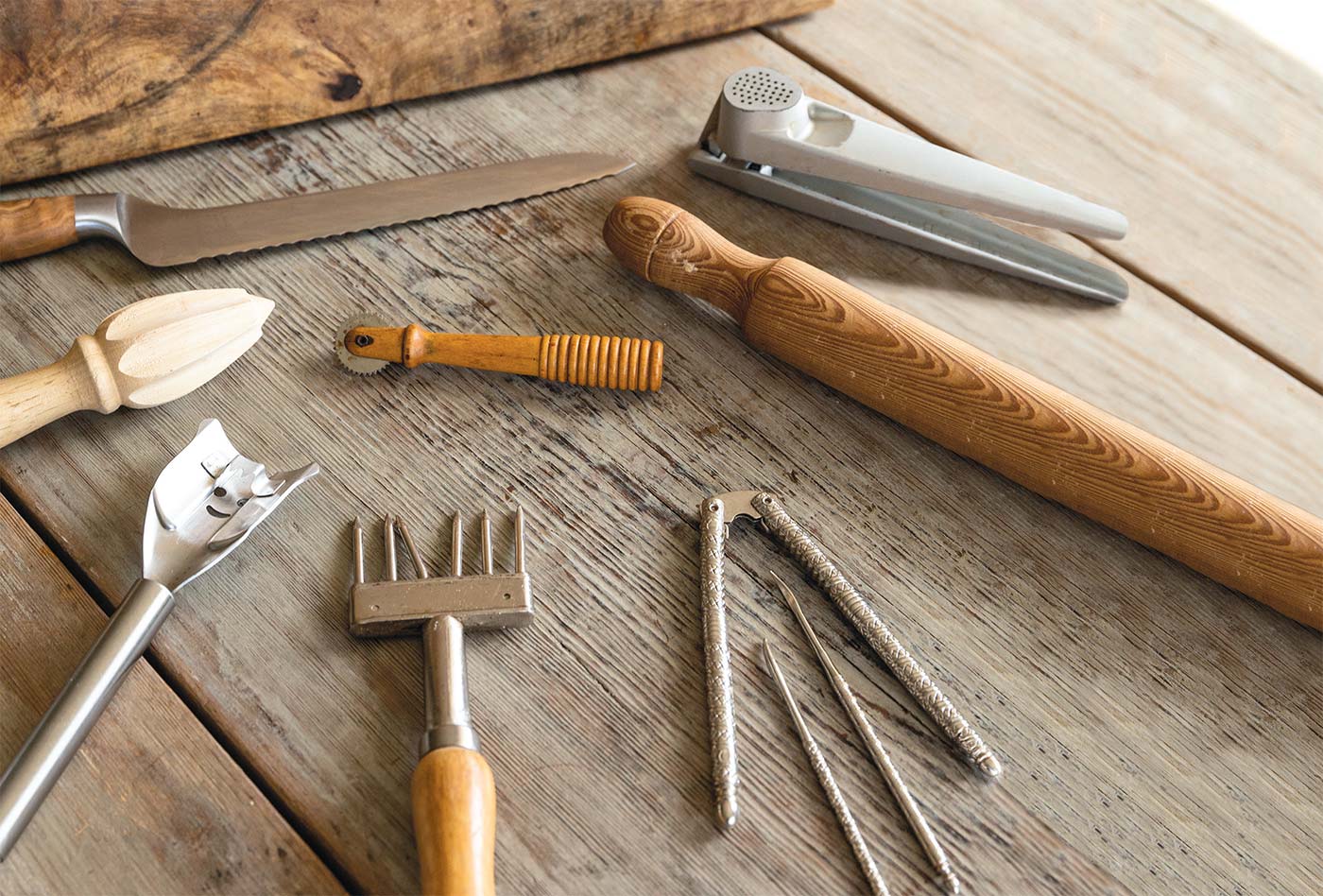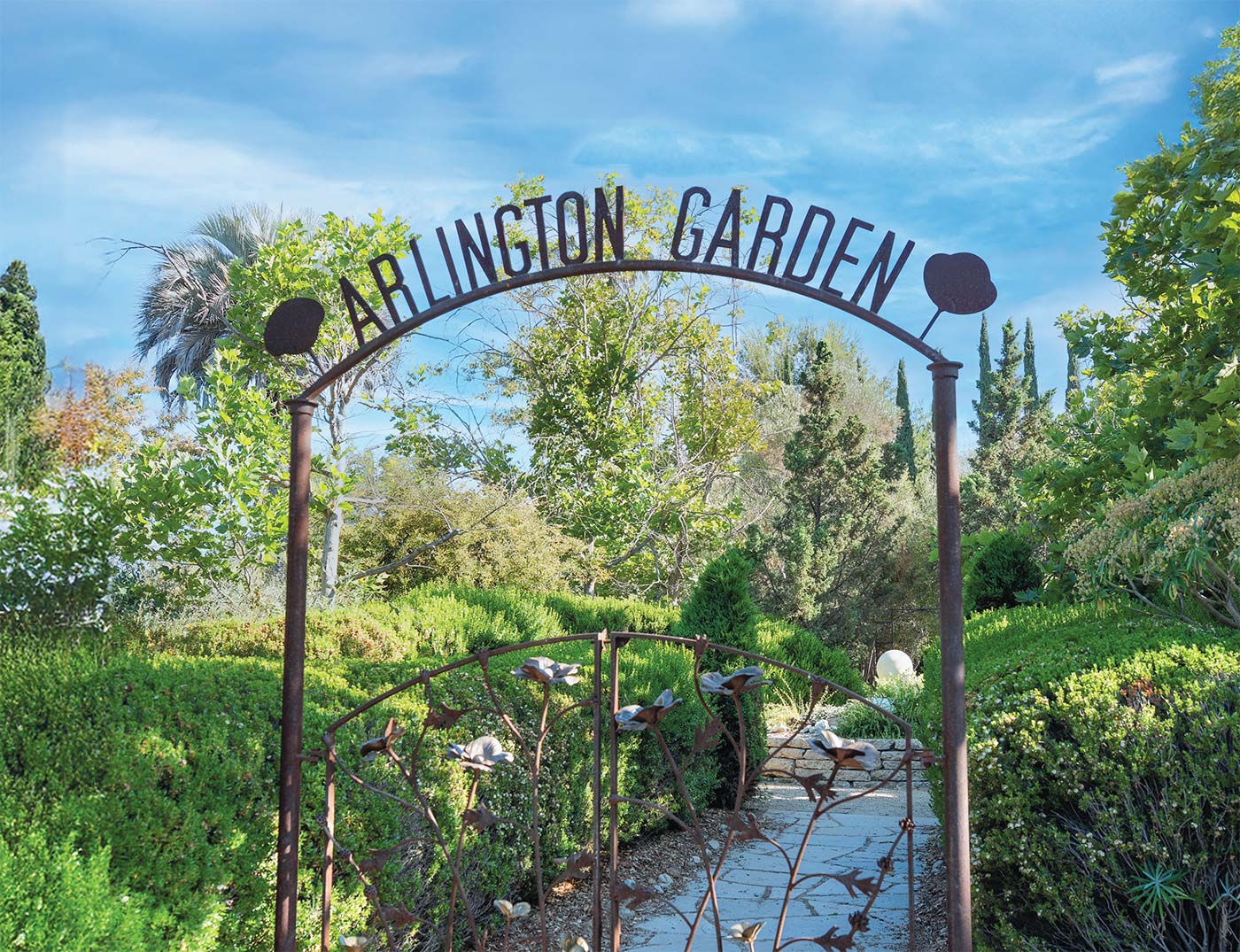PHOTOS BY CAROLE TOPALIAN
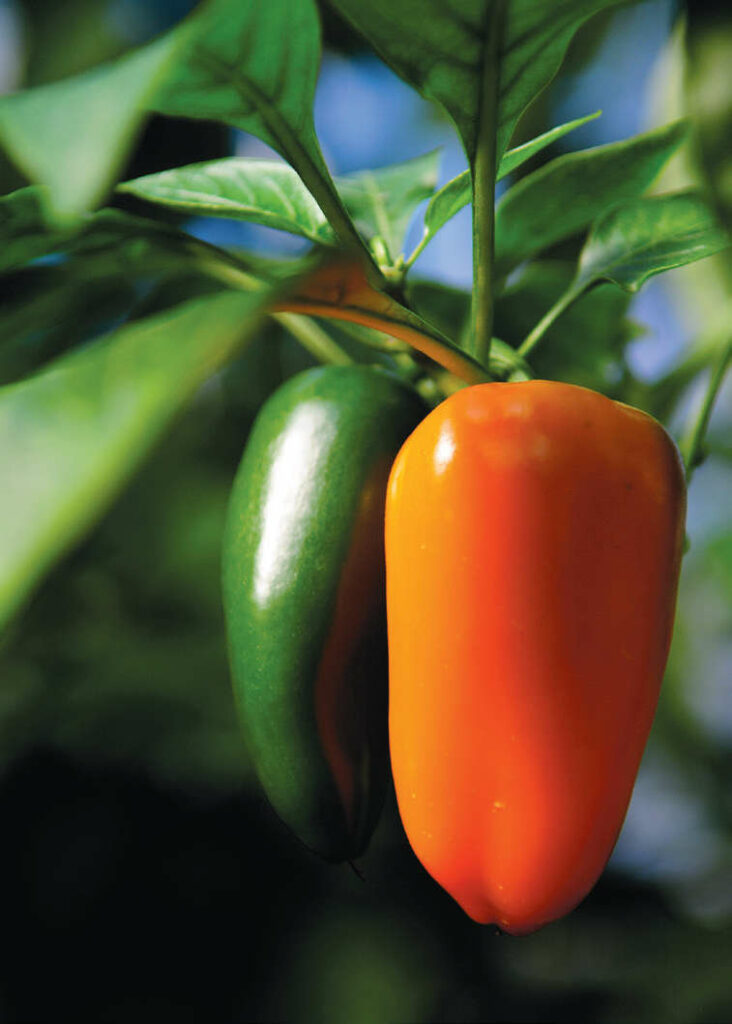
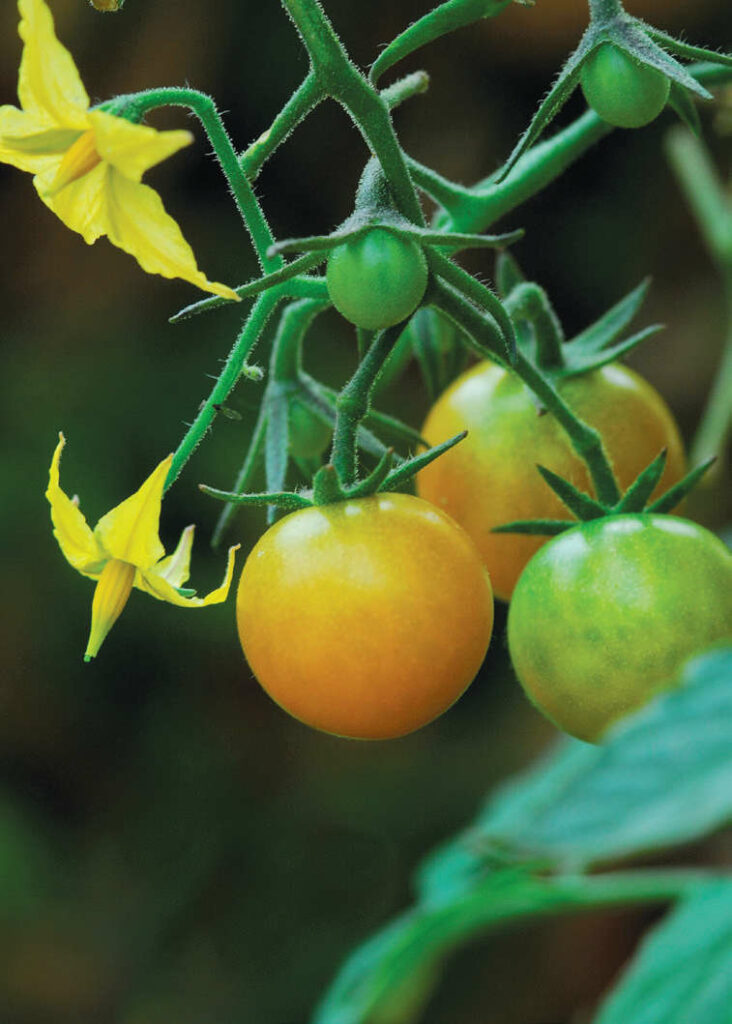
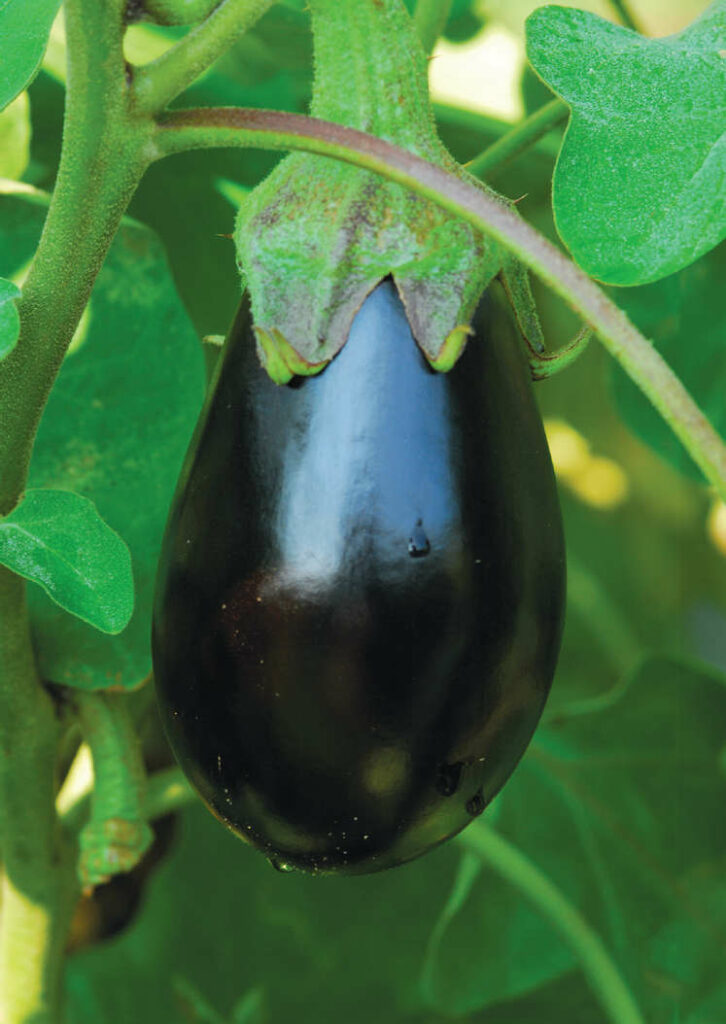
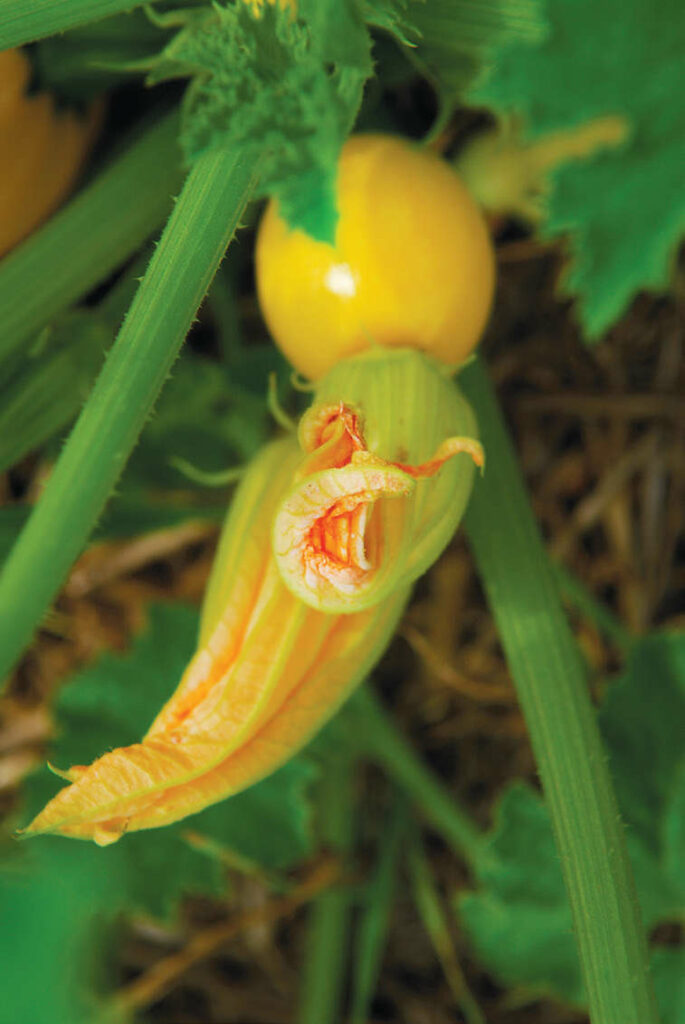
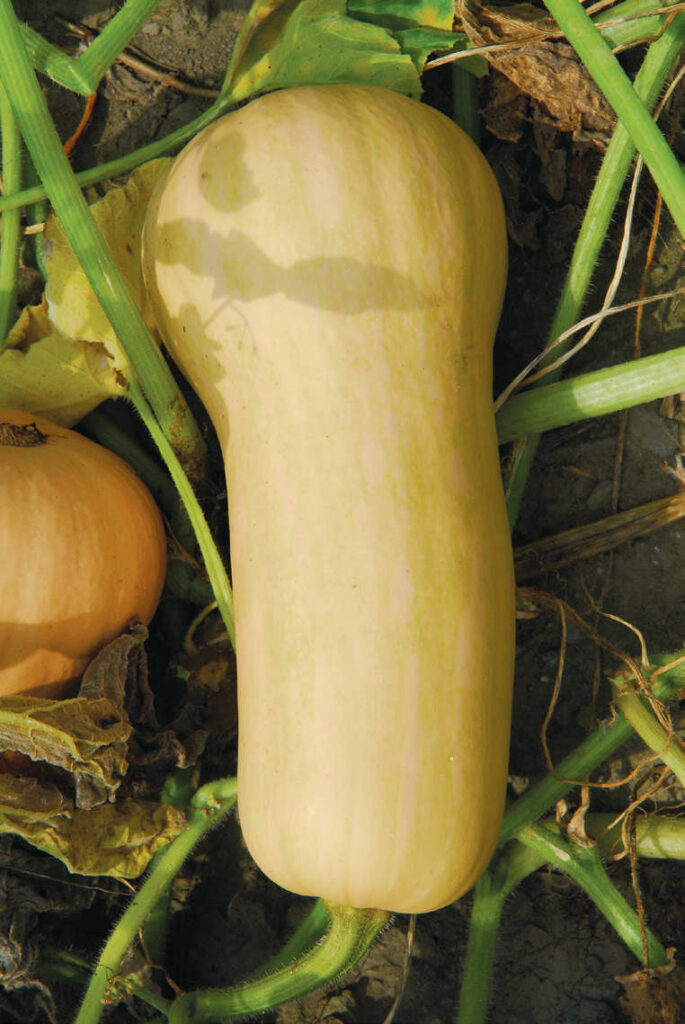
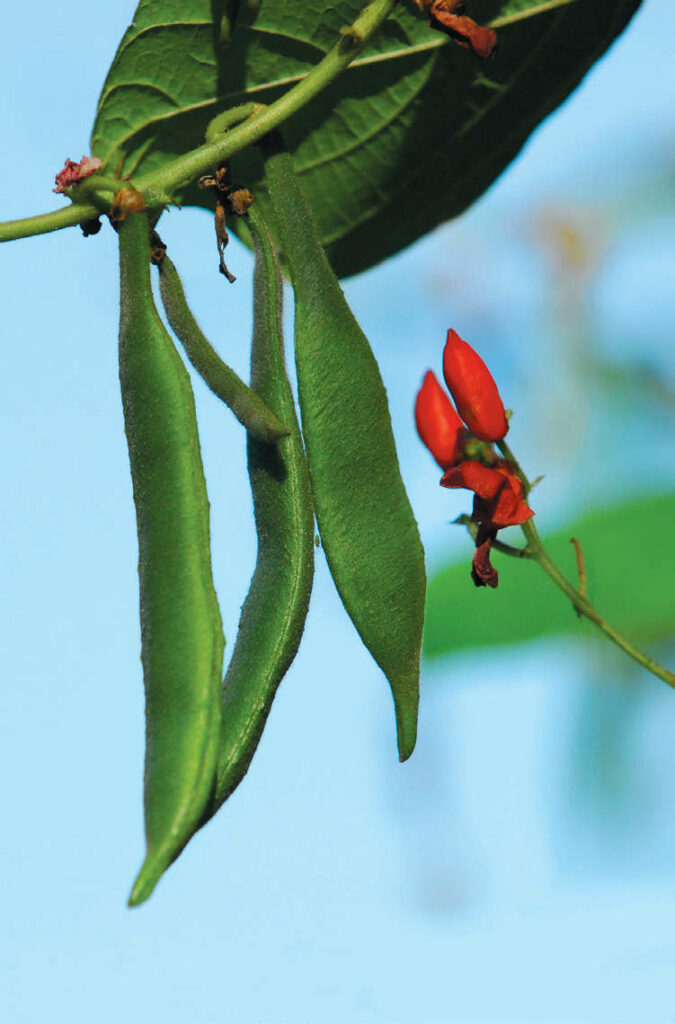
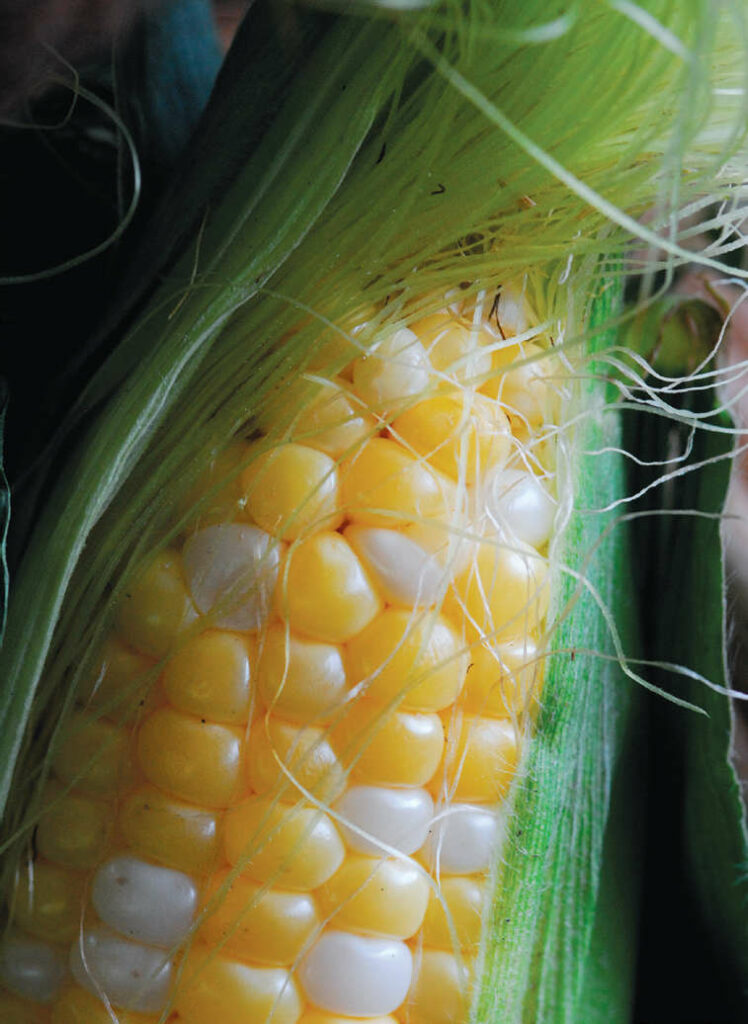
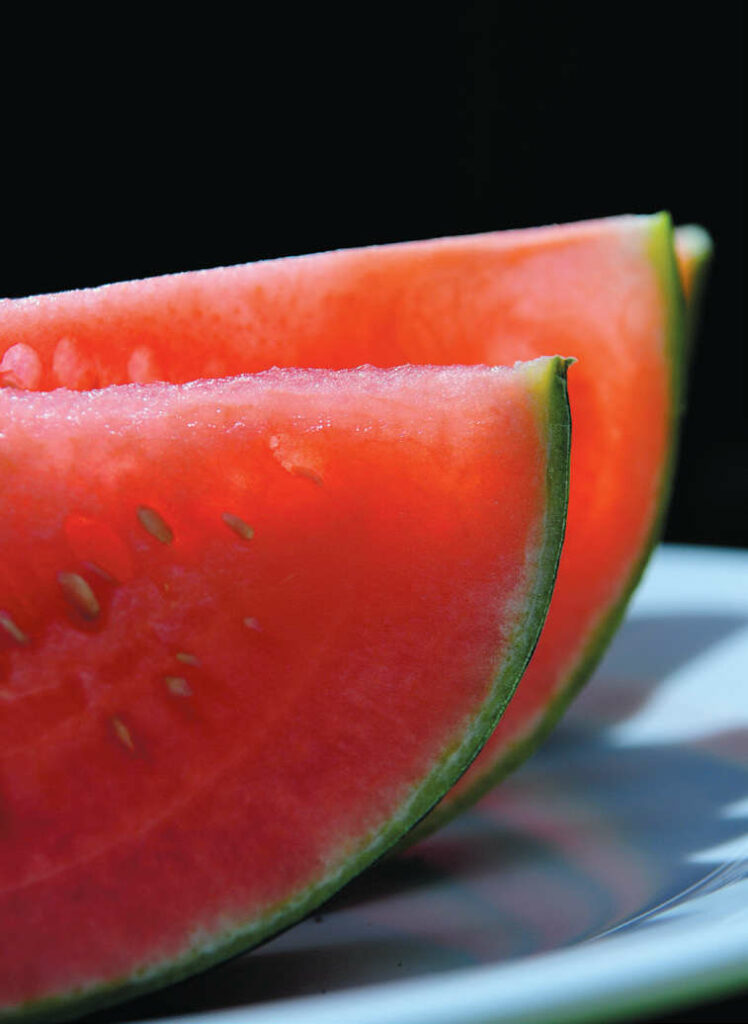
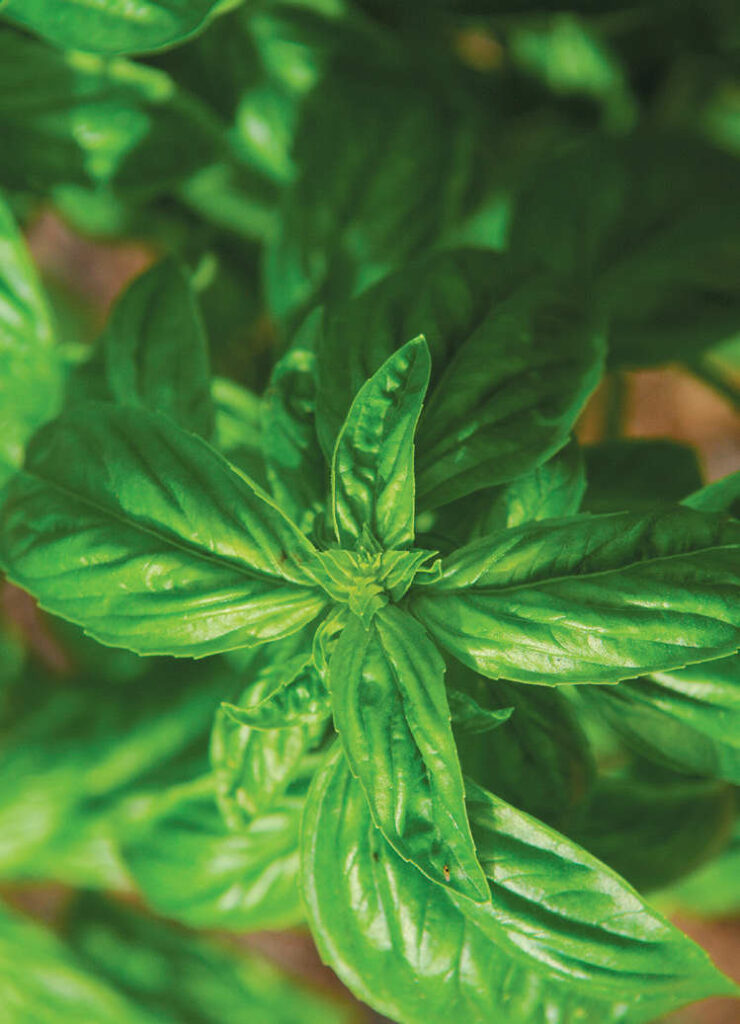
In 2020, a three-day heat wave brought dry weather and temperatures over 120°F to the San Fernando Valley. It was dangerous for people. Can you imagine what it did to edible gardens? It doesn’t have to be that way.
A warming trend is the reality of living in the Valley, or most anywhere else these days. But with careful plant selection and growing techniques, you can design your garden to grow in 100°+ temperatures. This will keep it healthy and strong all summer—as mild or wicked hot as it may become in the months ahead. Growing your own food should be a joy, so let’s keep it simple. These three simple steps can help make your summer food gardens more resilient in any weather.
1 GROW THE HEAT LOVERS!
The most important factor is choosing plants that thrive in temperatures that range between 80° and 100°F. Since most young plants do better with minimal stress, cooler weather spring planting is still your best bet, but for July and August plantings see tips for watering on the following pages. The photos at right include tips for some summer crops that love heat.
2 SELECT THE BEST LOCATION
The location of your garden bed becomes critical as we head into the summer months. A fruit and vegetable garden thrives on at least 6–8 hours of sunlight. But the blazing late-afternoon sun can be harmful to your garden.
Morning sunlight is best. Sunrise through early afternoon are the golden hours for large summer fruits like tomatoes, peppers, melons and winter and summer squash. What area of your yard gets at least 6 hours of sun starting in the morning? That is a great location for your vegetable garden.
Herb gardens can be tucked away almost anywhere in part sun or full sun, except basils. Basil varieties prefer full sun. (See the list above for herbs that grow well this season, and see the tip below about shading gardens with late afternoon sun.)
3 WATERING SCHEDULES
When temperatures soar up into the 90s and 100s, a consistent watering schedule is the top priority. Otherwise, your soil will dry out, your tomatoes will crack, bugs will visit and your tomato crop will go to the birds, literally.
Do you hand-water your garden with a hose? Be prepared to water it in the morning and again before lunch during heat waves of 95°F and higher. Be careful to water just the soil and roots. Spraying your plants’ leaves, stems or other parts with water in intense sun can scorch the leaves and dry up precious fruit blossoms.
A slow-drip irrigation system is often the best solution. Not only does it conserve water, but if you install a “smart” irrigation system (controlled from your phone or computer), you can schedule watering times through summer vacations or respond quickly when you learn that hot winds and high temperatures have hit and water your garden immediately. Drip irrigation water lines should be placed right on the soil. Use ¼-inch drip lines or ½-inch Netafim with drip holes every 6 inches, placed in rows 8 to 10 inches apart for dense planting.
Here’s a sample irrigation schedule, based on temperature.
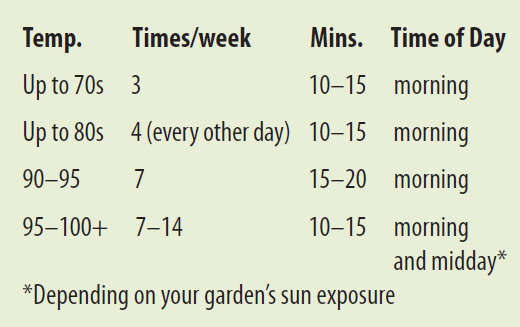
Notes: For extreme heat waves over 100°, shade your garden and water daily for 10 minutes every four hours, for example at 6am, 10am and 2pm.
Remember to follow your local water authority’s guidelines and adjust accordingly.
TO SHADE OR NOT TO SHADE?
I recommend a shade cover for tomatoes and peppers when temperatures reach the mid-90s and above. A horticultural shade cover that blocks 30% of the ultraviolet light is sufficient
MULCHING KEEPS SOIL MOIST AND COOL
Use compost or high-quality organic soil as mulch. If needed, apply a ½- to 1-inch layer once a month to protect plants from intense heat. Do not use wood chips, as they may have been treated with chemicals and can pull nitrogen from your soil. Compost is your best mulch
ABOUT THE CONTRIBUTOR
Jennifer Gammons-Mujica (Farmer Jen) has grown urban food gardens in Southern Nevada for over 15 years. She brings her expertise in gardening in the hot desert climates to our local community and now works as a seed-to-table garden educator for MUSE Global School in Calabasas. Learn more at FarmerJenOrganics.com and contact her at FarmerJen@farmerjenorganics.com.
